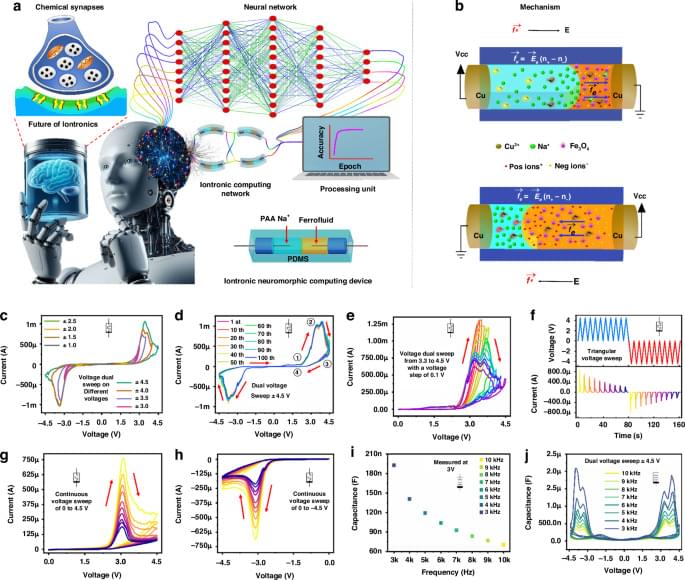Ask almost any physicist what the most frustrating problem is in modern-day physics, and they will likely say the discrepancy between general relativity and quantum mechanics. That discrepancy has been a thorn in the side of the physics community for decades.
While there has been some progress on potential theories that could rectify the two, there has been scant experimental evidence to support those theories. That is where Selim Shahriar from Northwestern University, Evanston, comes in. He plans to work on a concept called the Space-borne Ultra-Precise Measurement of the Equivalent Principle Signature of Quantum Gravity (SUPREME-GQ), which he hopes will help collect some accurate experimental data on the subject once and for all.
To put it bluntly, the experiment is complicated. At its heart, it uses a space-based platform carrying a quantum-entangled sensor and some precise positioning systems. But understanding why it is useful to test quantum gravity first requires some explanation. Let’s first look at one of the most famous tenets of General Relativity—the Equivalence Principle.







